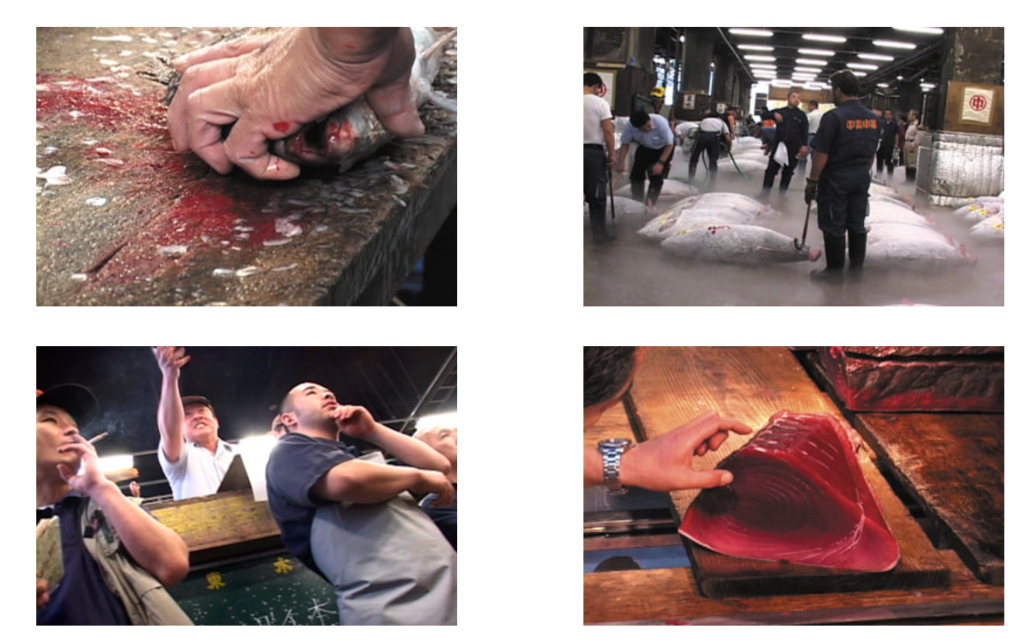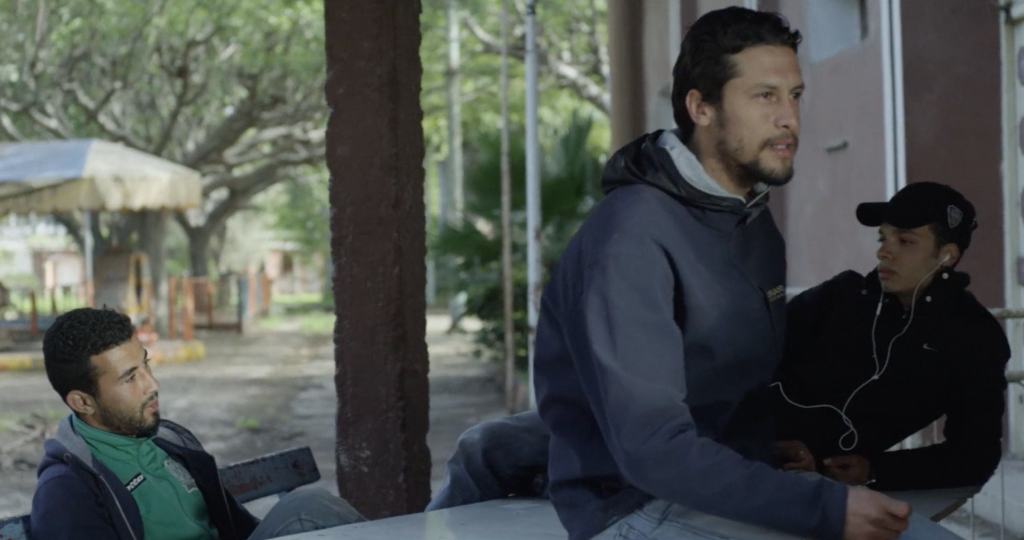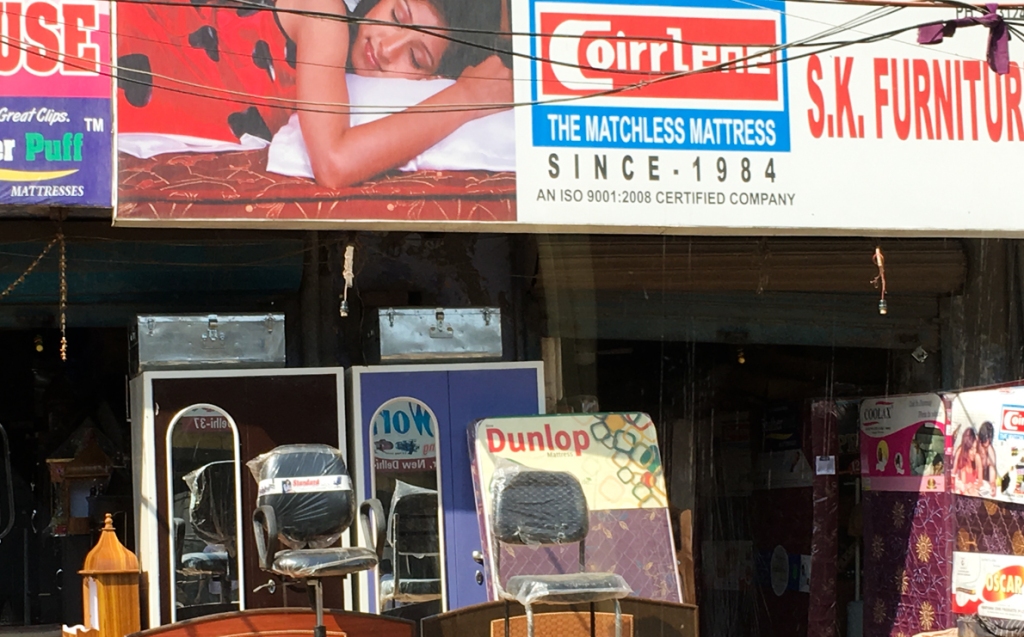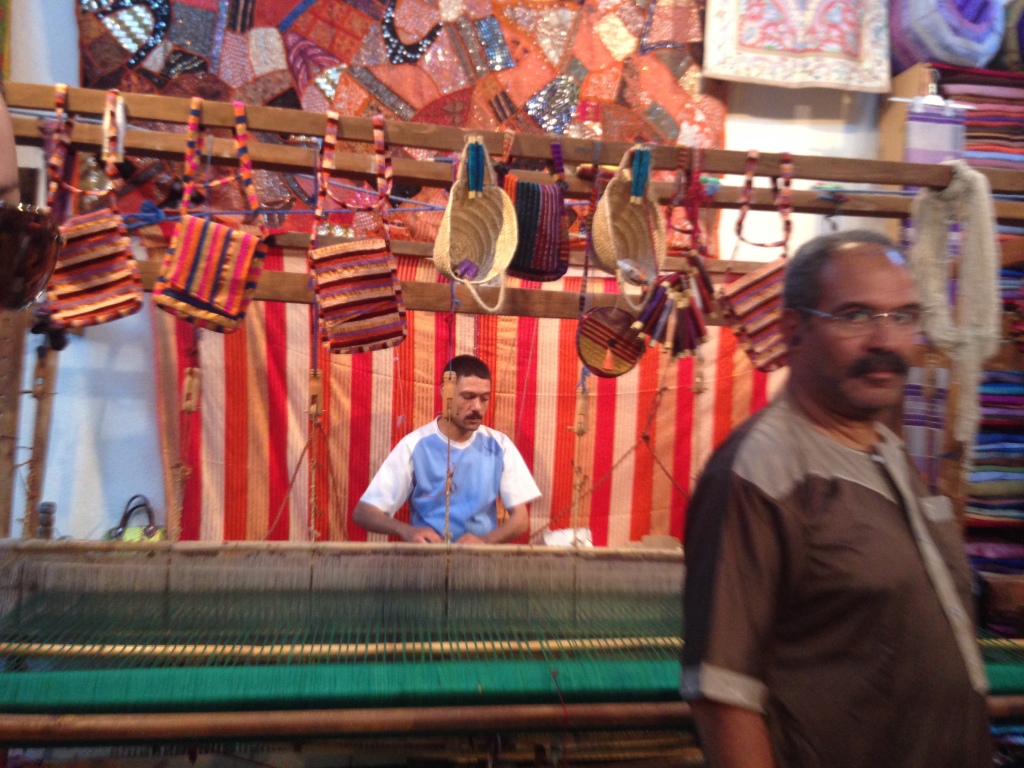Capture Everything
The idea of opening up a new world to viewers is exciting, as provides the opportunity to share knowledge and new possibilities. Whether this is through the use of photojournalism, street photography or documentary photography, the notion of capturing everyday activities in different cultures is inspiring and educational.
The work of Allan Sekula portrays cultural themes in a candid nature that explore themes of social realism and modernism using photography and film. The methods used in Fish Story appeal to me, as the results allow the viewer to come to their own conclusions, before realising what the photographer is showing them. There are in fact, undertones that portray and reveal the darker aspects of the fishing industry and how society is effected by the actions of institutions. As an industry grows or declines, the lives of local people are changed. The impact can be seen in distant locations, demonstrating that despite distance, everything is connected and one person’s actions, directly effects another’s.

The stills from Tsukiji (2001) document the largest fish market in the world, using close ups, low angles and documentary style shots to reveal aspects of the fishing industry.
https://www.allansekulastudio.org/filmography.html

Perspective from Every Angle
French – Moroccan director Randa Maroufi explores perspective and point of view quite literally in her work ‘Le Park’, where the camera pans around frozen subjects to draw the viewer in and create a sense of perspective. There is something remarkable about the idea of capturing as much as possible, as the human brain does this on a daily basis to make sense of the world around us. In Le Park, the aim is to demonstrate that a singular image is part of a more complex picture, that is not as it first appears. In an interview with WePresent, Maroufi expresses:
“I want people to take more time to look at things”
https://wepresent.wetransfer.com/story/randa-maroufi/

Last in Line
In my own work to date, I have captured places around the world using methodologies that capture place, aiming to include as much of a scene that will fill the frame, from an eye level and human perspective. The aim of this is to invite people into the frame to explore the content with their eyes. From the series ‘Last in Line’, a collection of these images is used to reflect on global interactions, events and experiences that people might take for granted, especially in the light of the current pandemic.
https://this-is-jr.com/last-in-line-1



The idea of inviting the viewer into a scene is shared by many photographers, as the photograph has the power to capture a moment in time that is unique to the place in which it was taken. As John A walker describes in The Camera Work essays:
“The frame of the photograph encloses a space, a world which we can enter”
